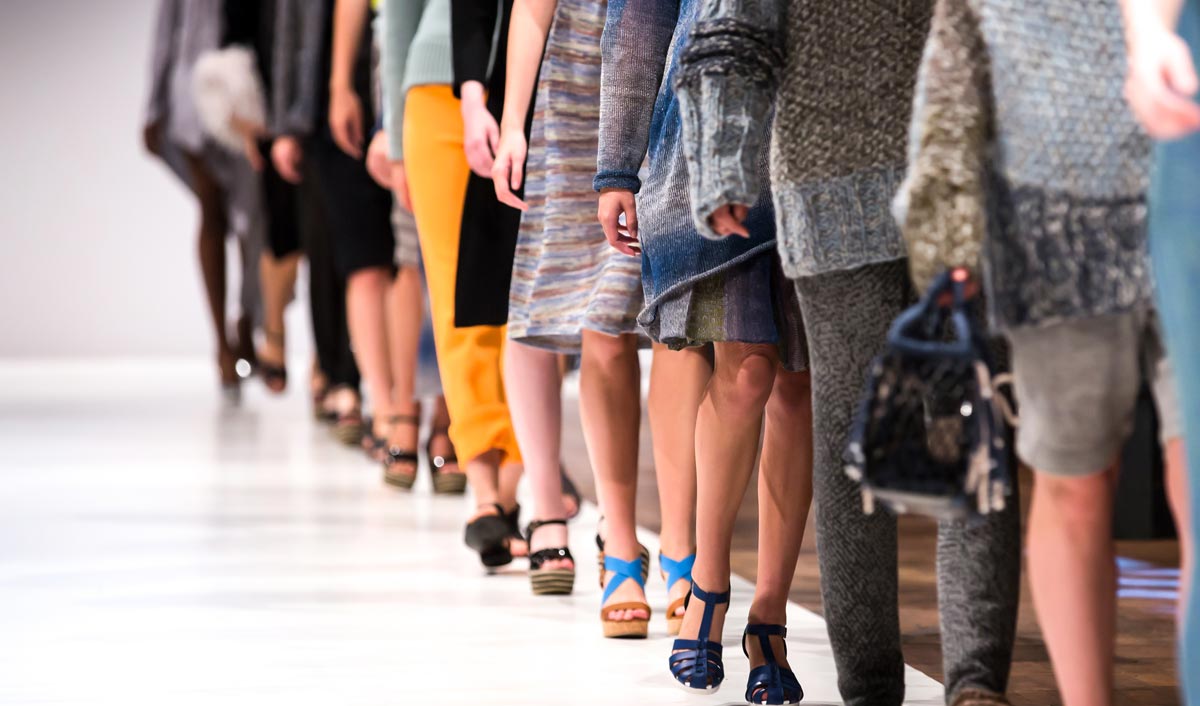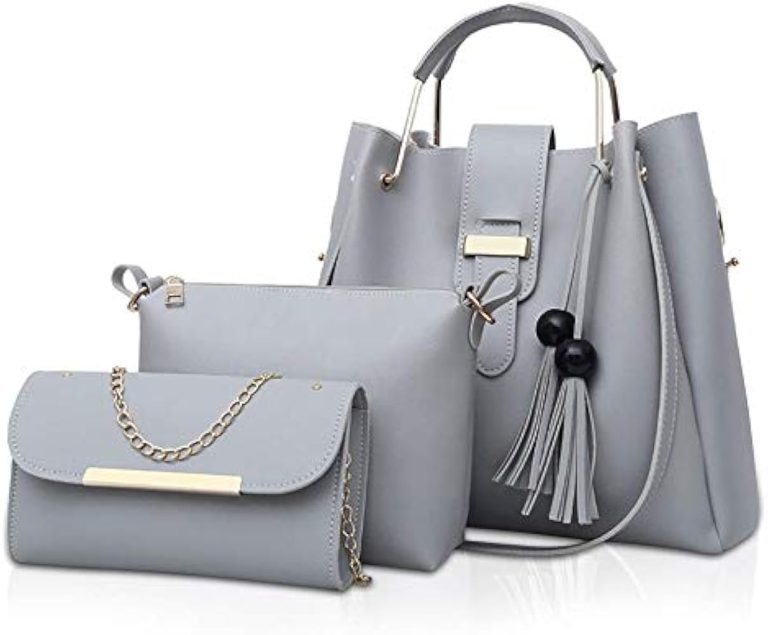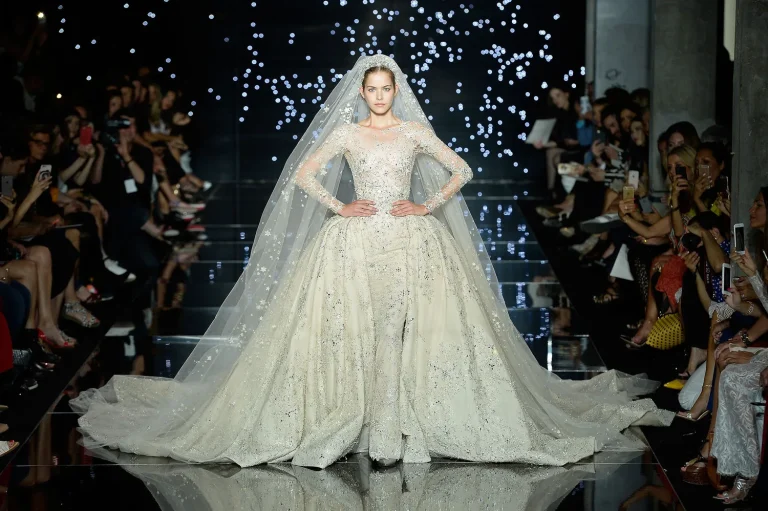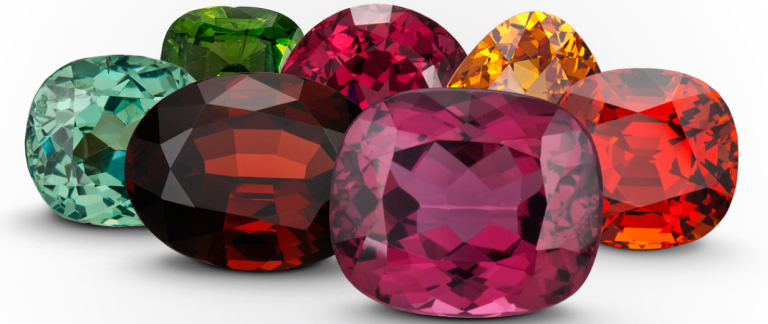
Flipping through the pages of time, we can see that clothing and designs have experienced vast transformations over centuries, yet there is something that makes fashion distinctive for every sex. Knowing that sometime during the past, pants were to be worn only by men sounds ridiculous. Women were to consistently be set up and look their best, even when at home. Relaxing at home with boxer shorts and a flannel shirt wasn’t considered a fine reflection of the feminine form for women. The present-day fashion industry is enabling people to look beyond these stereotypes and celebrate the diverse array of sexual orientations.
Fashion standards:
These socially inhibited fashion standards are now taking a back seat, as new and progressive talents are replacing orthodox ideas in the fashion industry. Eminent brands have begun to address this issue by collaborating with influential celebrities, sporting their non-gender-conforming apparel. The design business is shifting to a smoother space by understanding and acknowledging sexual orientation and clothing go hand-in-hand.

Cultural norms:
Cultural norms also play a significant role in defining what men and women should wear. Not all cultures aspire to the same physical ideal for the binary sexual orientation. A great example of this would be the practice of men wearing sarongs, wrappers and the Scottish kilt, all of which fit the description of a skirt and are primarily associated with the female sense of fashion, in their respective cultures. Creating gender-neutral designs is another approach by fashion designers that is experiencing a rise in popularity. Celebrities and other fashion gurus are constantly sporting these brands of clothing at red carpet events and other occasions with the hope of bringing these designs to the mainstream and normalizing it.
Prejudices against men for donning skirts and other forms of clothing which are generally associated with the contents of the female wardrobe have begun to decrease. The establishment of new clothing trends and brands with their central objective as gender inclusivity has resulted in the honest representation of previously misunderstood and under-represented communities.
With time, people’s perspective on conforming to “gender-appropriate” fashion is changing because of a more literate comprehension of the term “gender”. The understanding of the term “gender” beyond the anatomical distinction it provides is an important process in eliminating gender stereotypes that exist in the fashion industry. Change is the way forward, and although it is relatively slow, all of us as a community seem to be heading in the right direction.




